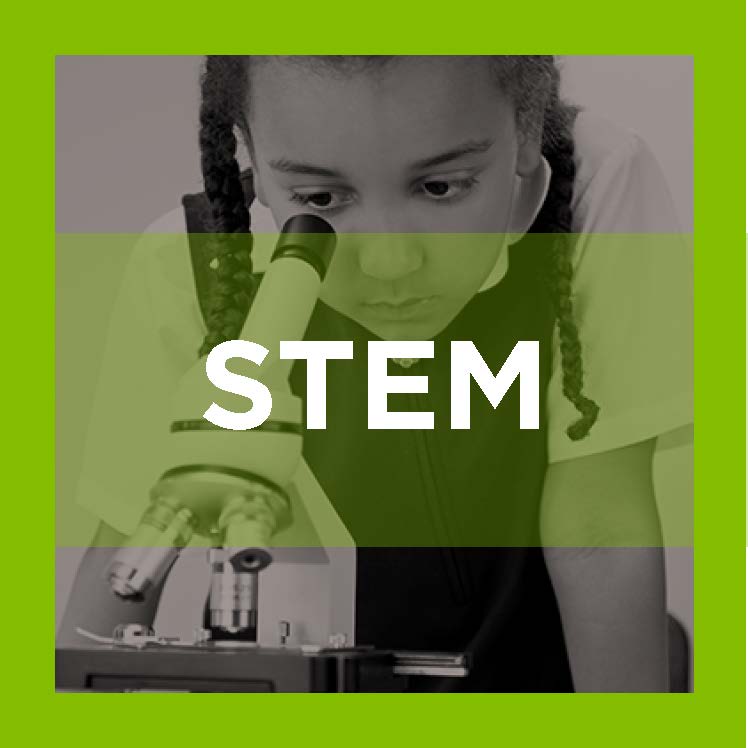This blog post is a guest post by Jeff Weld, Ph.D., Executive Director, Iowa Governor’s STEM Advisory Council
The parallel evolution of physician training and STEM teacher training is a lesson in convergence. Like wings beget flight whether butterfly, bat or bird, interdisciplinary training begets doctors and STEM educators. Harvard Medical School recently announced major curricular revisions to their doctor-making program. And from the description of the changes in their college newspaper, they might as well be talking about STEM teacher preparation: [the change] “integrates multiple disciplines into single courses and introduces earlier clinical immersion and flipped classrooms.” A medical college dean commented in the piece that there is a “…shift in medical education from asking students to memorize material to emphasizing its application.” The change is said to excite medical students while generating some anxiousness among medical faculty. The dean said they’re moving more toward “…a way to develop critical thinking more than just doing an information download.” How? First, introductory courses such as Foundations of Medicine that integrate topics from pathology and microbiology are replacing discrete courses in those disciplines. Second, traditional lectures, long the mainstay of medical education, are being “flipped” to use class time for discussion and analysis of video content assigned as homework. And third, medical students are applying what they learn right away in early clinical experiences. By all appearances, the medical training community has read How People Learn by Bransford, Brown and Cocking.
Switch in “STEM” for every mention of “medical” in the passage above and it holds to be equally true: doctoring a new STEM teacher calls for a similarly dramatic shift in preparatory practices. Stand-alone courses in physics, mathematics, programming, and the like, along with “Methods in _[content area]__ Teaching” evolve to more thematic titles like “Global Issues in STEM” and Methods in STEM Teaching.
Instructional practices that model STEM learning environments are the new normal. And early, frequent experiential learning applied to real problems and challenges carry the day. New STEM teachers, in parallel with new physicians, can think and teach more critically, bring cross-disciplinary richness to investigations, and unite learning with doing for and with the broader community. Iowa is one of a few U.S. states now offering STEM teaching endorsements through several colleges and universities. Here is the K-8 STEM teaching endorsement (#975) from the Iowa Board of Educational Examiners. Note especially the set of essential concepts and skills required of the Methods courses, including real-world connections, integration of content, project-based learning, engaging experts such as business partners, and information literacy skills in STEM. And the endorsement requires a substantive STEM field experience such as an internship in business or in STEM research.
STEM licensing and endorsement advocates do well to borrow pages from the medical school playbook. Rapidly evolving patient care environments – more personal, more holistic, more preventative and more efficient – have pushed down to training programs new expectations for integrated, student-centered, applied and practical approaches. Conversely, the young “patients” in the care of educators have well-documented and research-based needs for learning in a personal, integrated, applied and practical fashion. That push down to teacher preparatory programs is happening before our very eyes.





